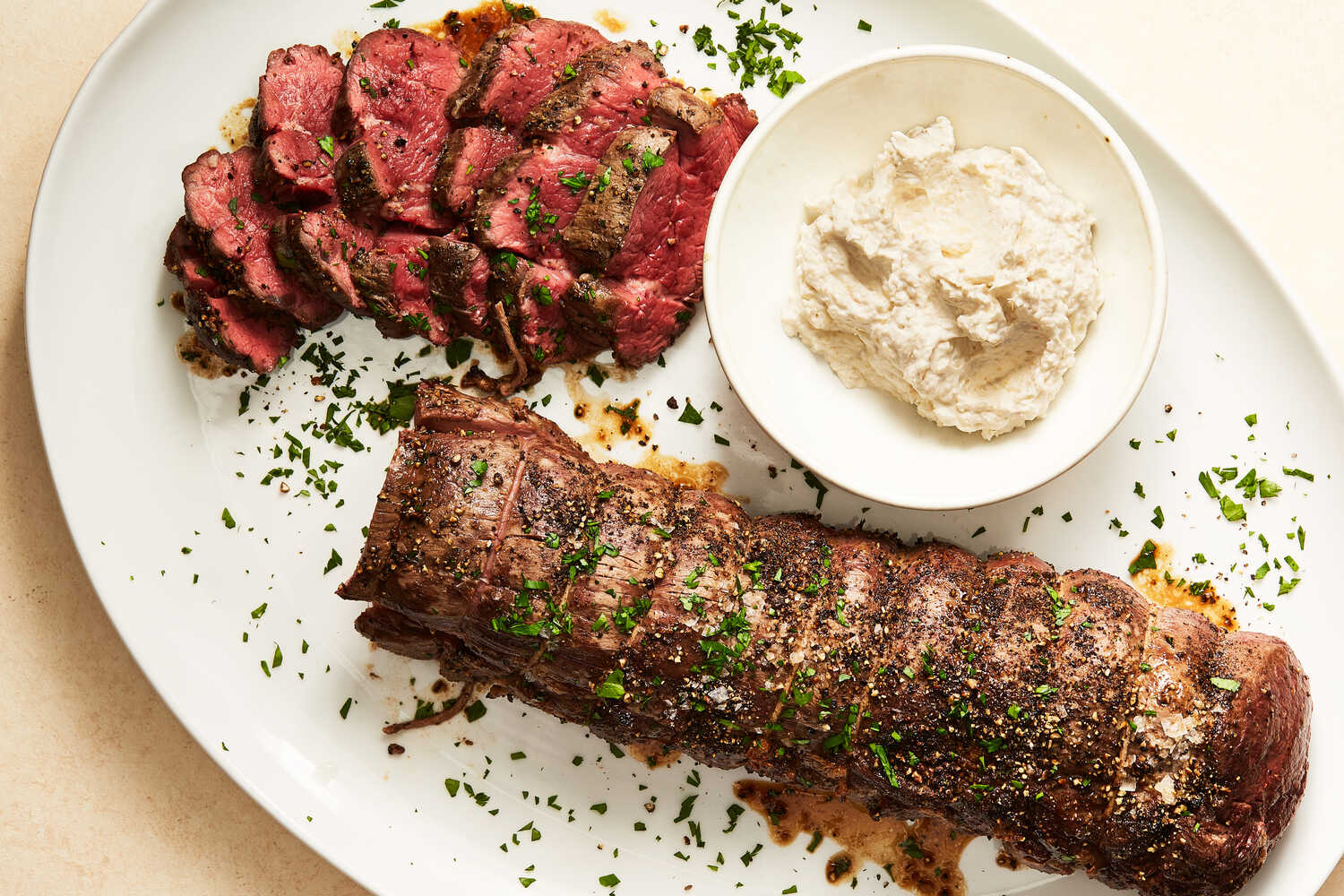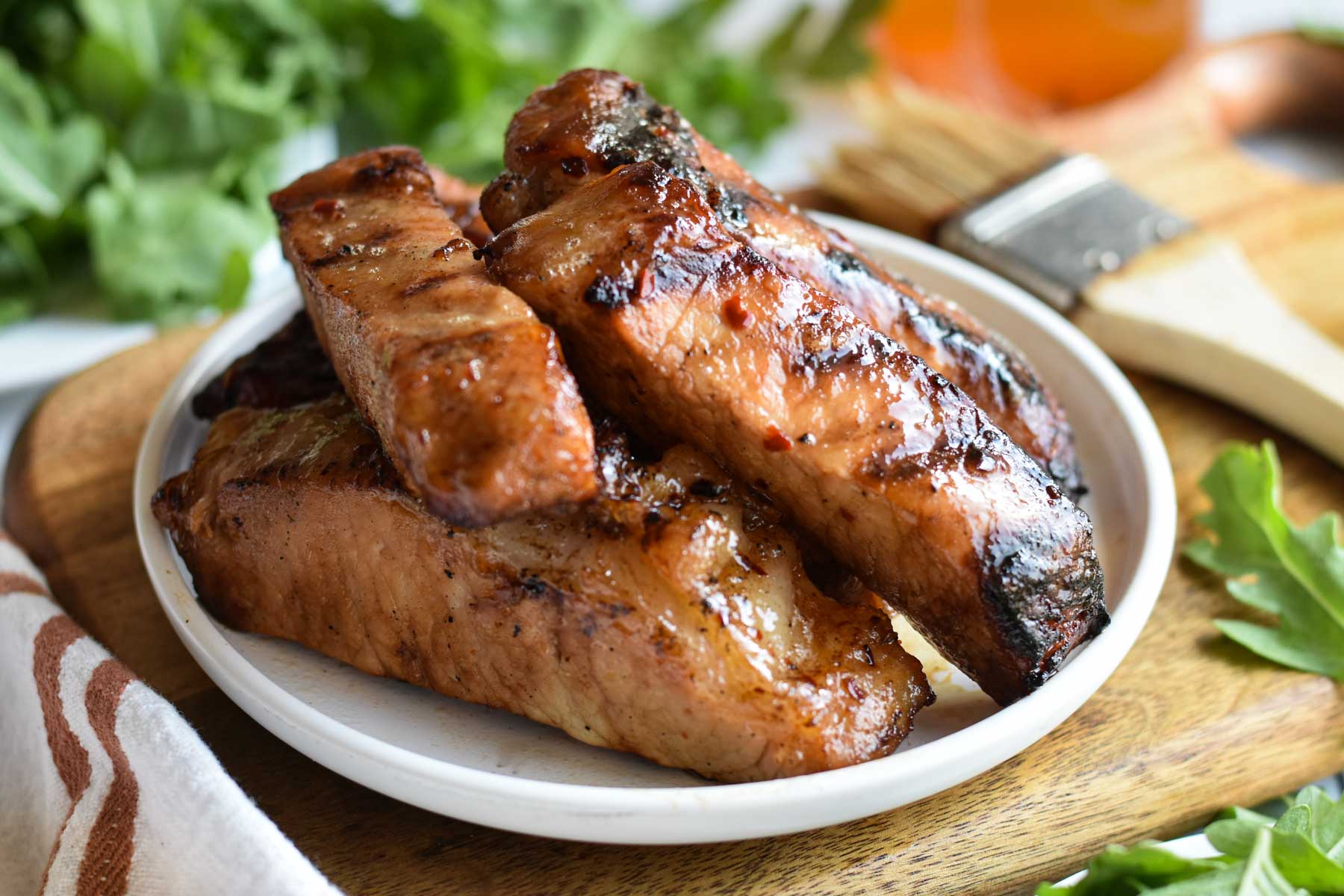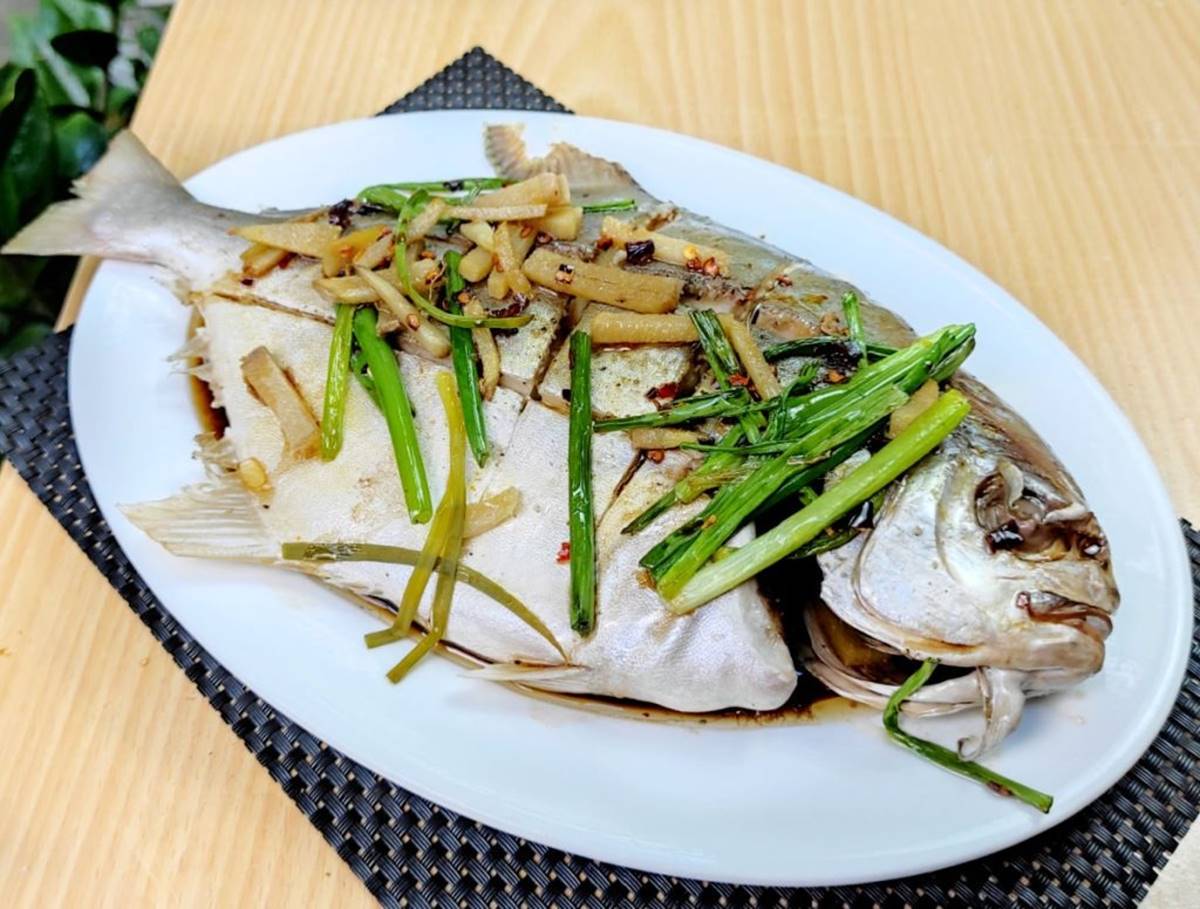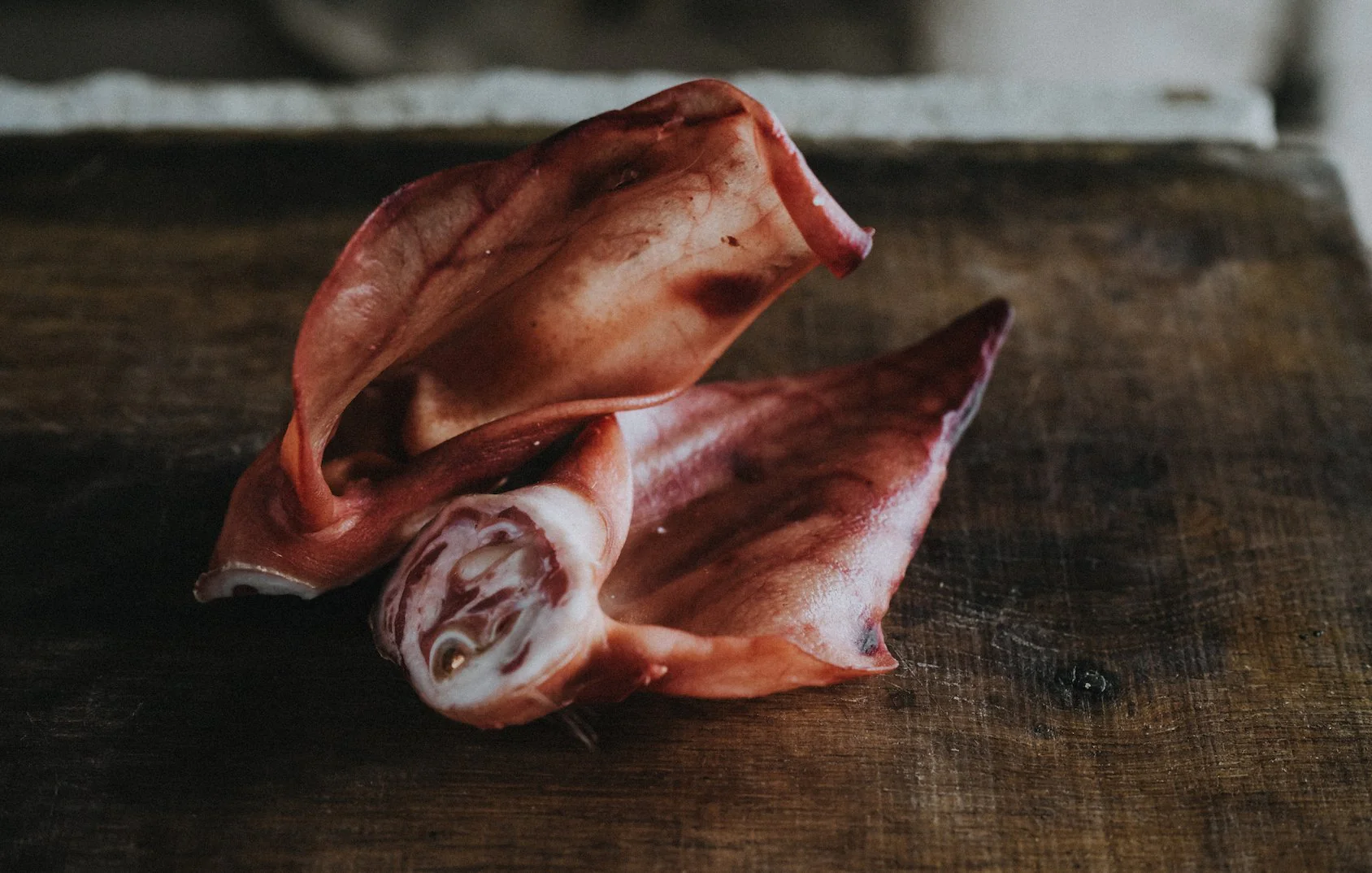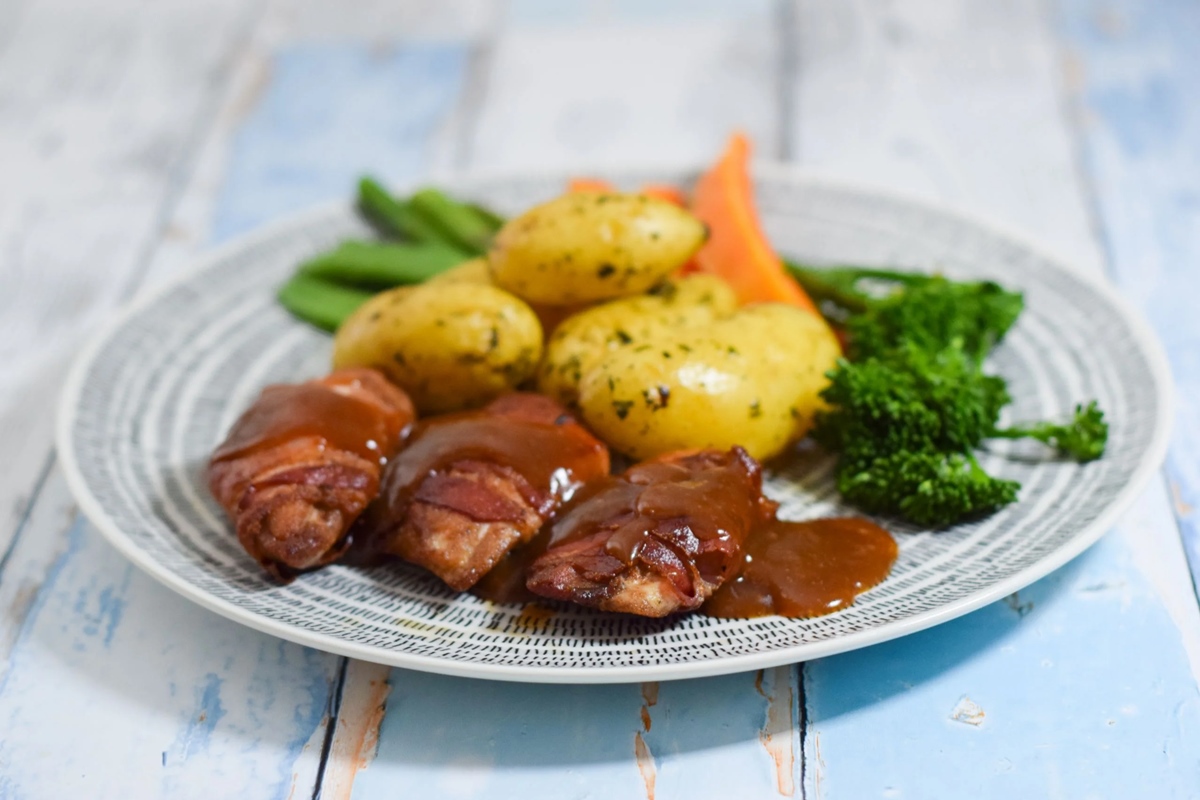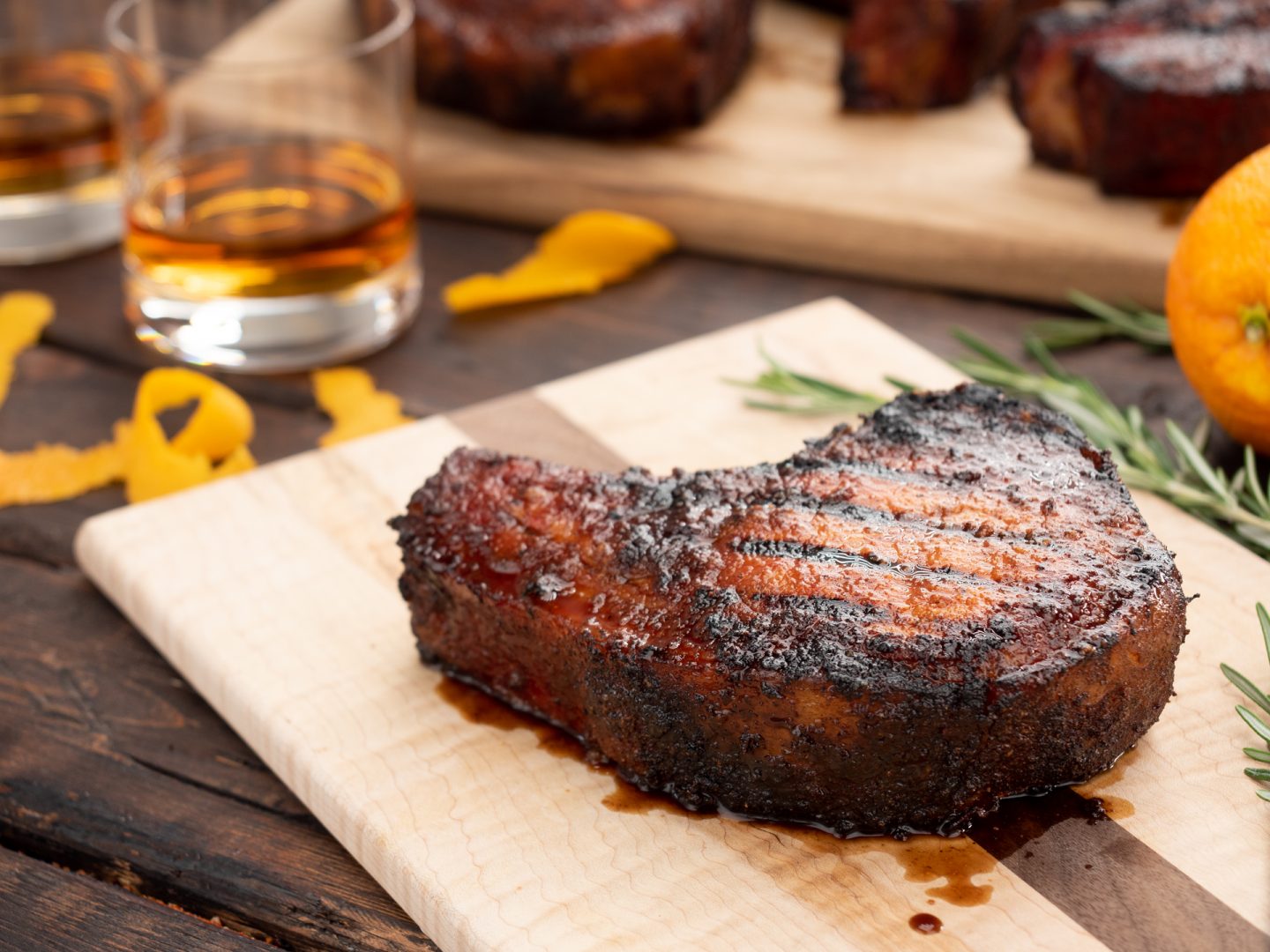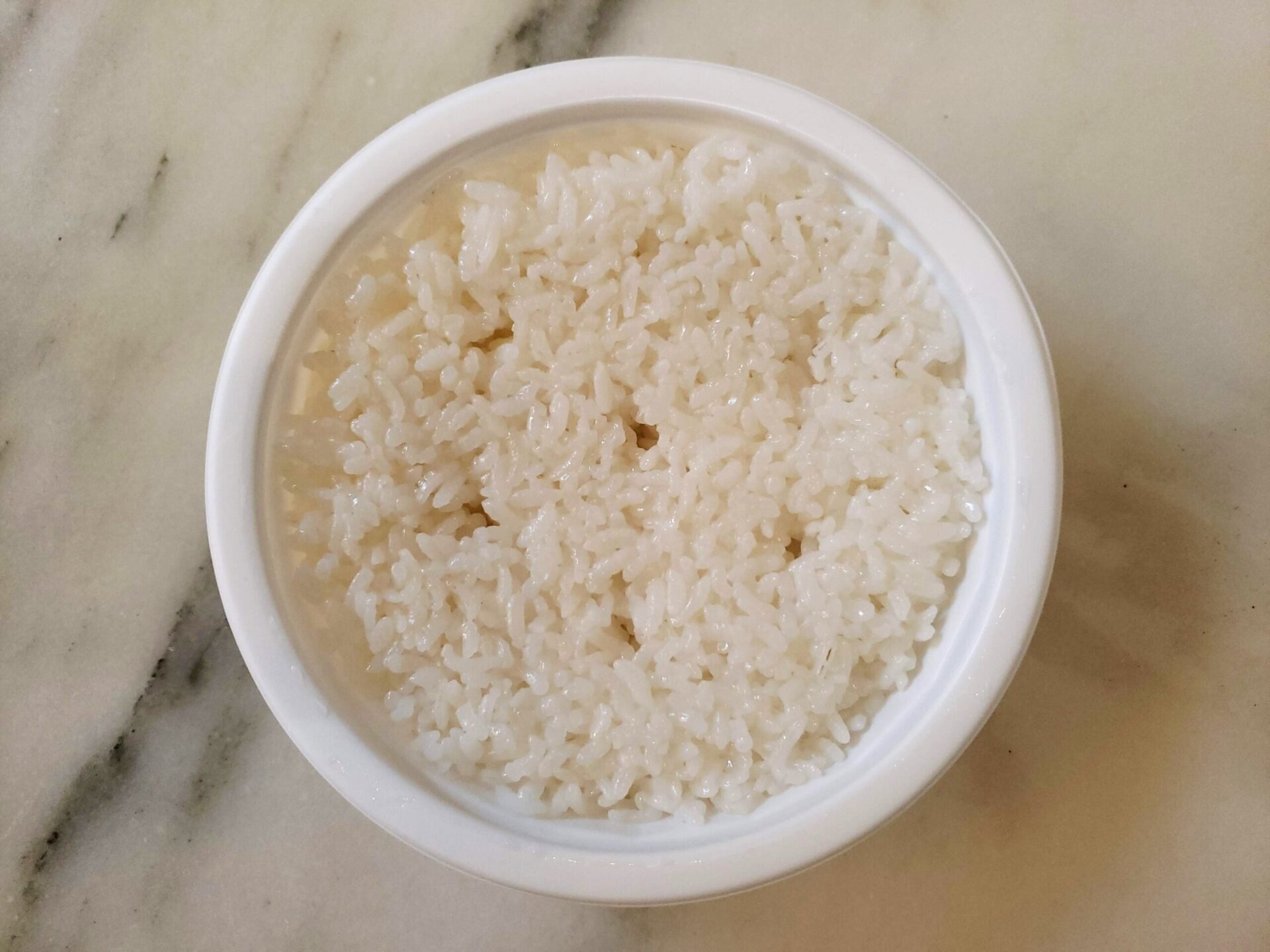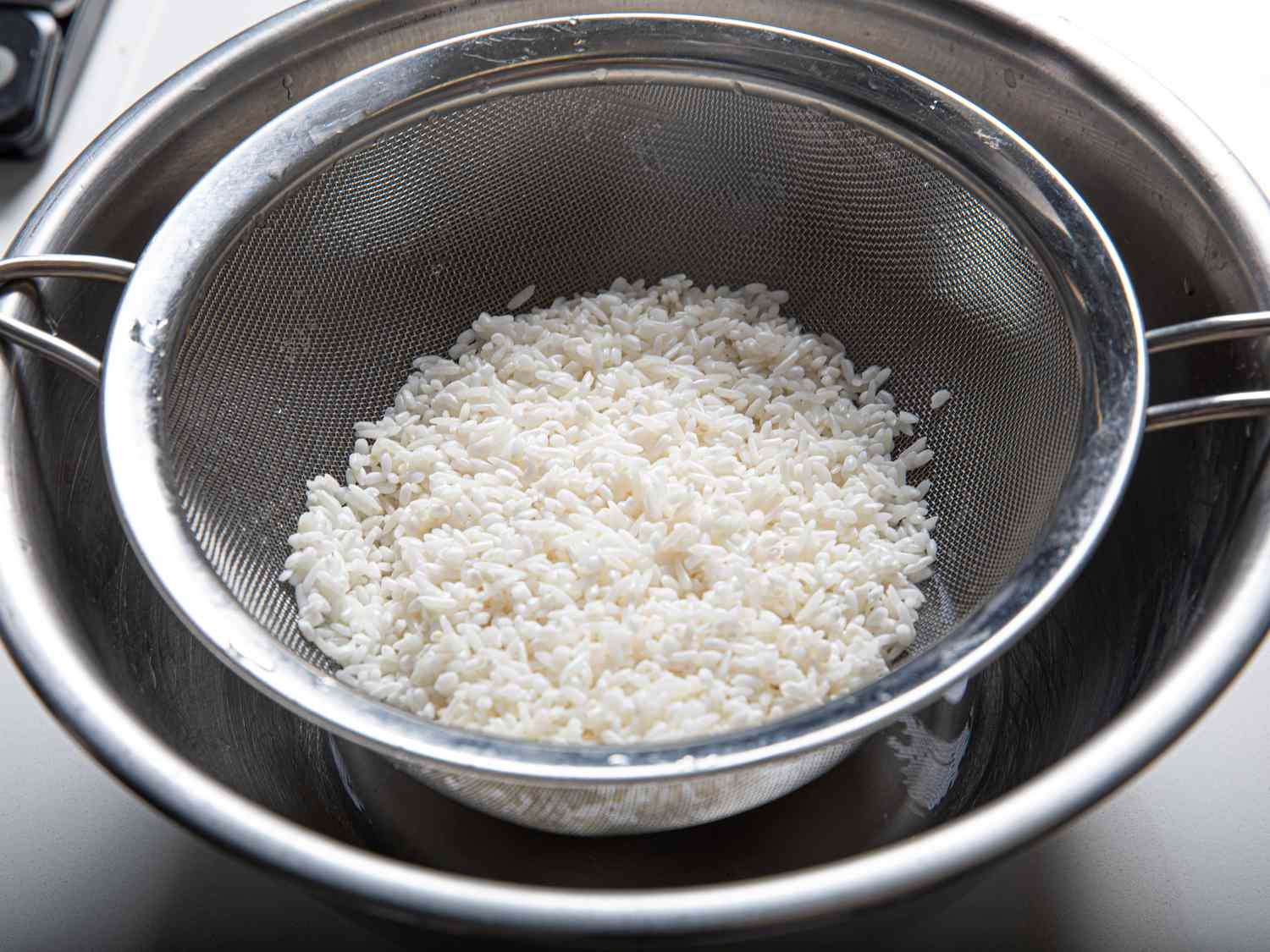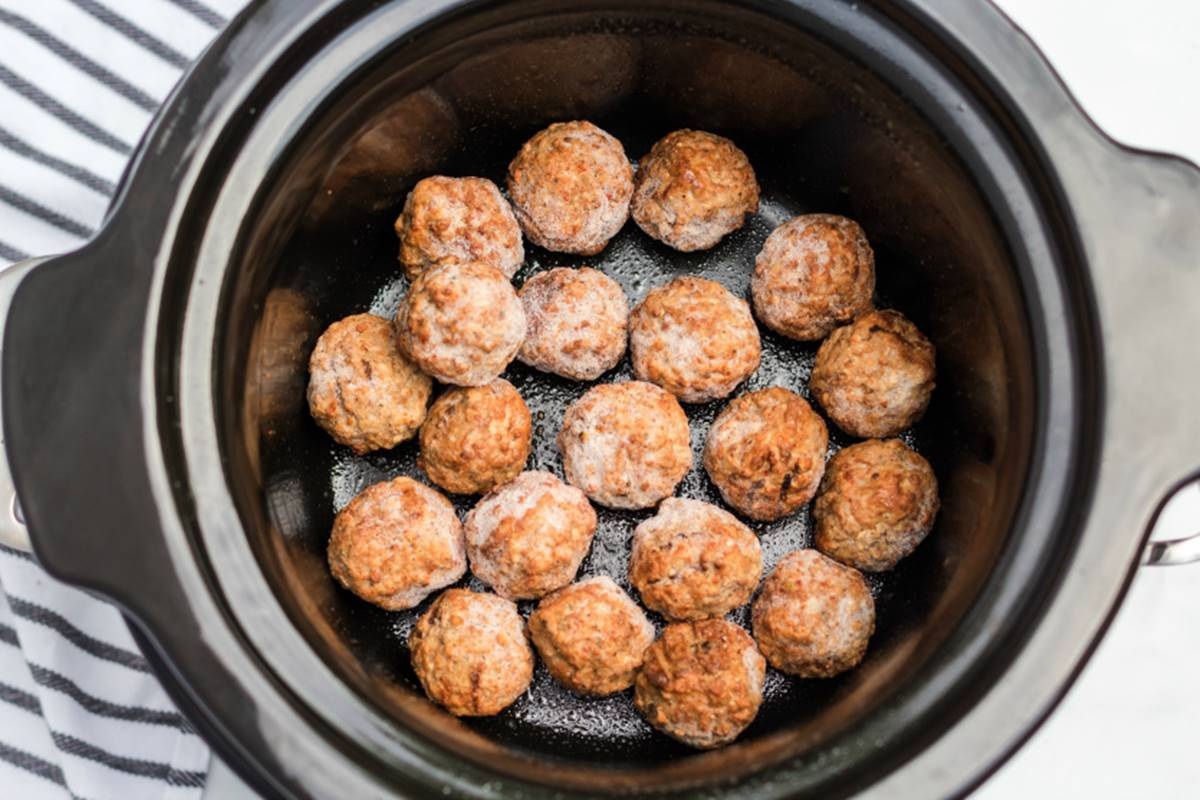Mastering the Art of Making Perfect Al Dente Elbow Macaroni
There’s something comforting about a warm bowl of elbow macaroni tossed in a rich, flavorful sauce. Whether you’re craving a classic mac and cheese or a hearty pasta salad, one key element can make all the difference in your dish: cooking the elbow macaroni al dente. Achieving that perfect toothsome texture can elevate your pasta dish from ordinary to extraordinary.
So, let’s delve into the secrets of cooking elbow macaroni al dente so that you can enjoy a bowl of pasta that is neither too soft nor too firm, but just right!
The Basics: Cooking Elbow Macaroni Al Dente
To start this culinary adventure, follow these simple steps:
- Boil a large pot of water: Fill a pot with plenty of water, enough to fully submerge your elbow macaroni. Adding a pinch of salt to the water can enhance the taste.
- Add the elbow macaroni: Once the water reaches a rolling boil, carefully add the elbow macaroni. Stir it gently to prevent the pasta from sticking together.
- Set a timer: Follow the instructions on the packaging for approximate cooking times. However, if you prefer your macaroni al dente, subtract a minute or two from the recommended cooking time.
- Taste for doneness: After the timer goes off, use a slotted spoon to remove one or two macaroni elbows from the pot. Blow on it to cool it down, then take a bite. The texture should be firm but not crunchy. It should offer some resistance when you bite into it.
- Drain and rinse: Once the macaroni is cooked to your desired level of doneness, drain it in a colander and rinse it briefly with cold water. This stops the cooking process and prevents the pasta from turning mushy.
The Secret to Perfect Elbow Macaroni
Now that you have accomplished the basics, let’s uncover the secret to making every bite of your elbow macaroni burst with flavor and pleasing texture:
- Timing is key: Keeping an eye on the cooking time is crucial. Remember, pasta continues to cook even after you drain it, so slightly undercooking it ensures it reaches the perfect al dente consistency when combined with hot sauce or other ingredients.
- Quality matters: Choose high-quality elbow macaroni made from durum wheat for the best results. The texture and flavor of the pasta will greatly influence your dish.
- Balance the sauce: If you’re preparing a pasta dish with sauce, slightly undercook the elbow macaroni since it will continue cooking when you combine it with the sauce. This way, it absorbs flavors from the sauce while maintaining its texture.
Enjoying Your Perfectly Cooked Elbow Macaroni
Now that you have mastered the art of cooking elbow macaroni al dente, let your creativity run wild. Create scrumptious mac and cheese dishes, refreshing pasta salads, or even experiment with fusion recipes that highlight this versatile pasta shape.
Remember to toss your perfectly cooked elbow macaroni with your preferred flavors, whether it’s a creamy cheese sauce, a zesty tomato-based dressing, or a delightful pesto concoction. Add some sautéed vegetables, cooked meats, or herbs to enhance the taste and visual appeal of your dish.
So go ahead, cook up a storm in your kitchen and delight your taste buds with a bowl of perfectly al dente elbow macaroni!
Cheers,
Your Friendly Food Enthusiast
Explore More Delicious Recipes and Uses
Now that you've mastered cooking elbow macaroni al dente, why not put your skills to the test with a variety of delicious recipes? From comforting casseroles to light and refreshing salads, elbow macaroni serves as a versatile base for many dishes. We recommend trying the Creamy Classic Mac and Cheese for a creamy, timeless favorite, or the Refreshing Summer Pasta Salad for a dish that's perfect for outdoor gatherings. If you're in the mood for something richer, the Hearty Baked Tuna Casserole offers a delightful twist on a classic. Each recipe utilizes the al dente technique you've learned, ensuring your pasta is perfectly cooked every time.
Was this page helpful?
Read Next: How To Cook Ribs In Oven Without Foil

